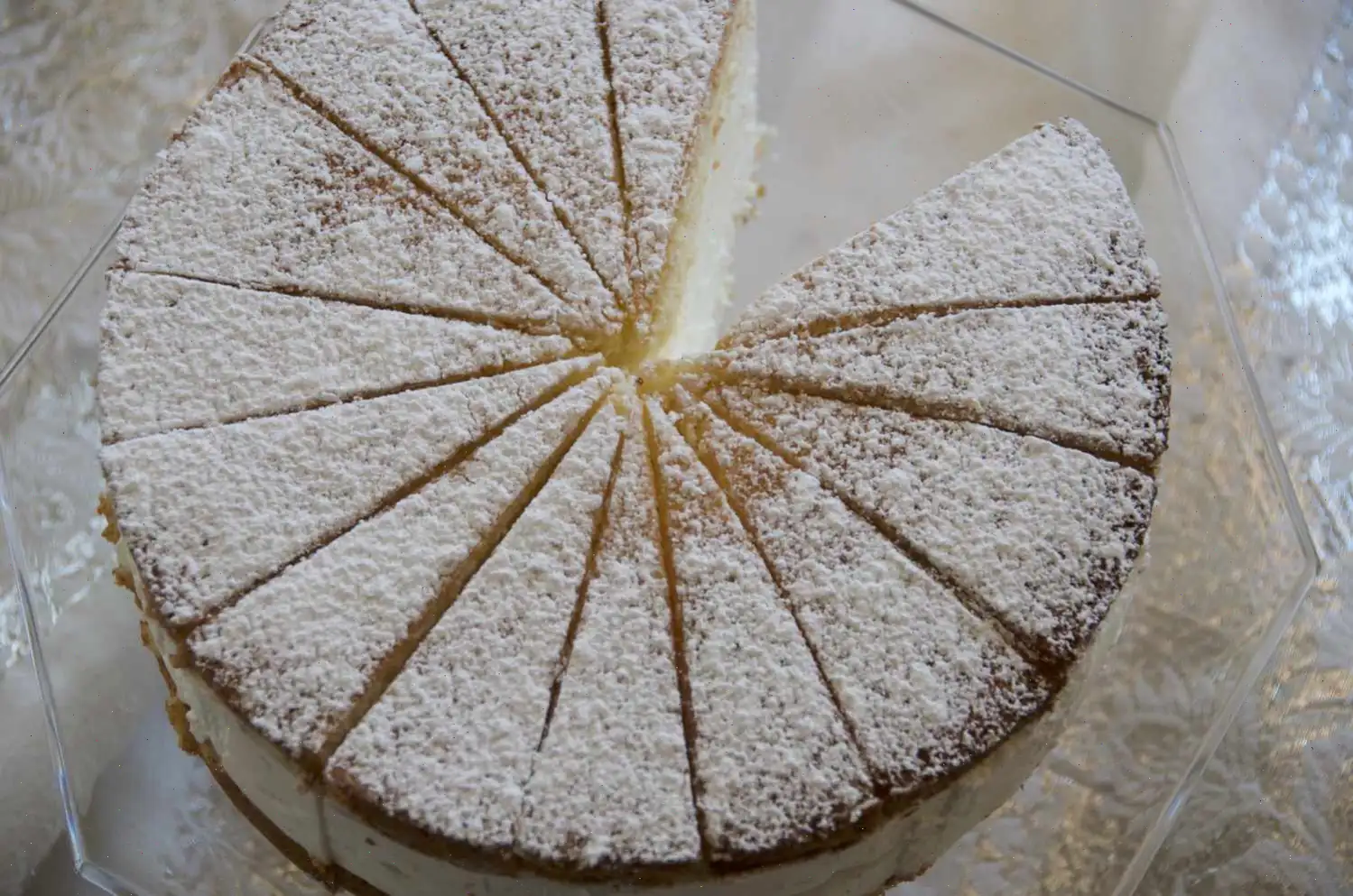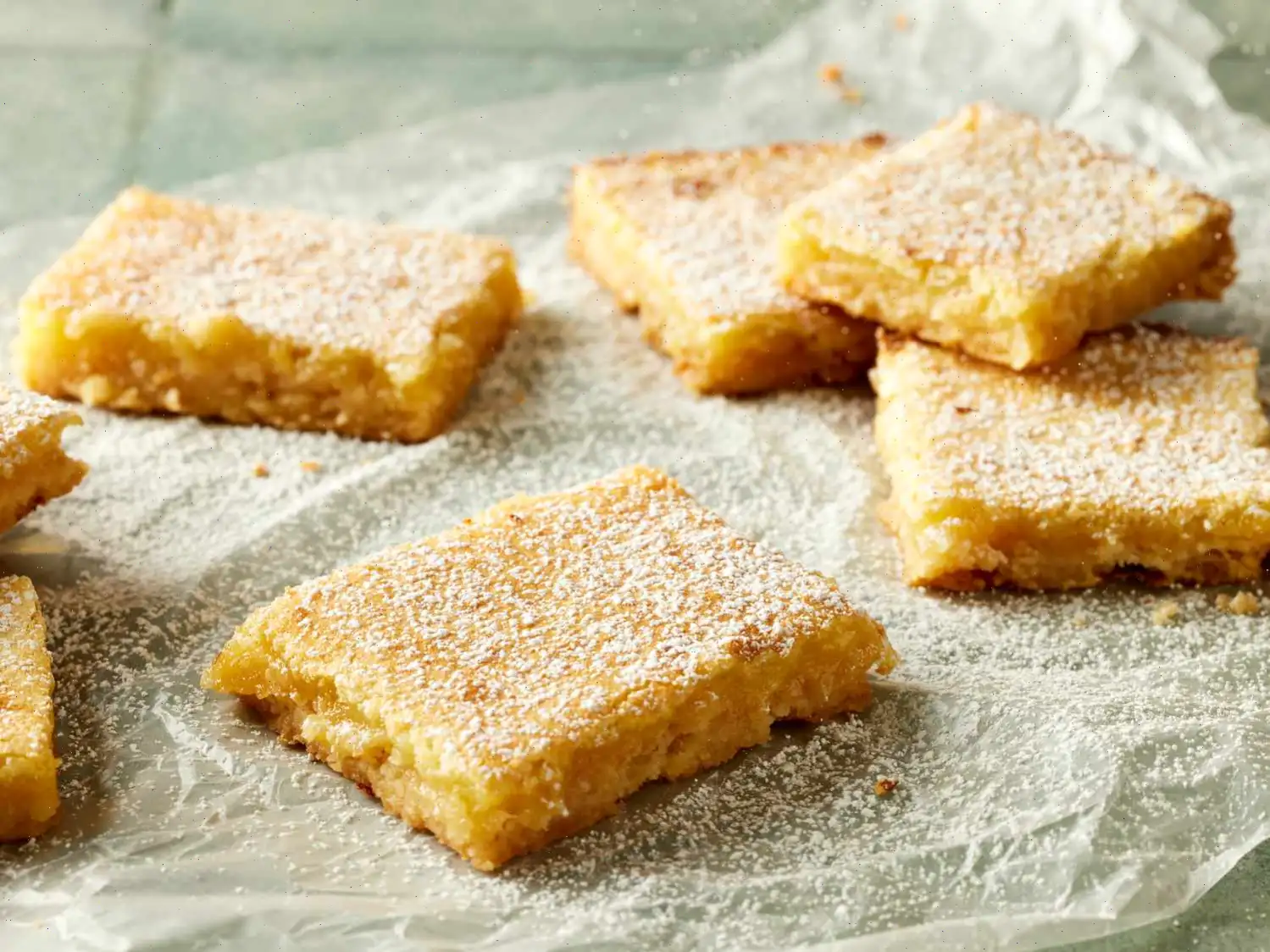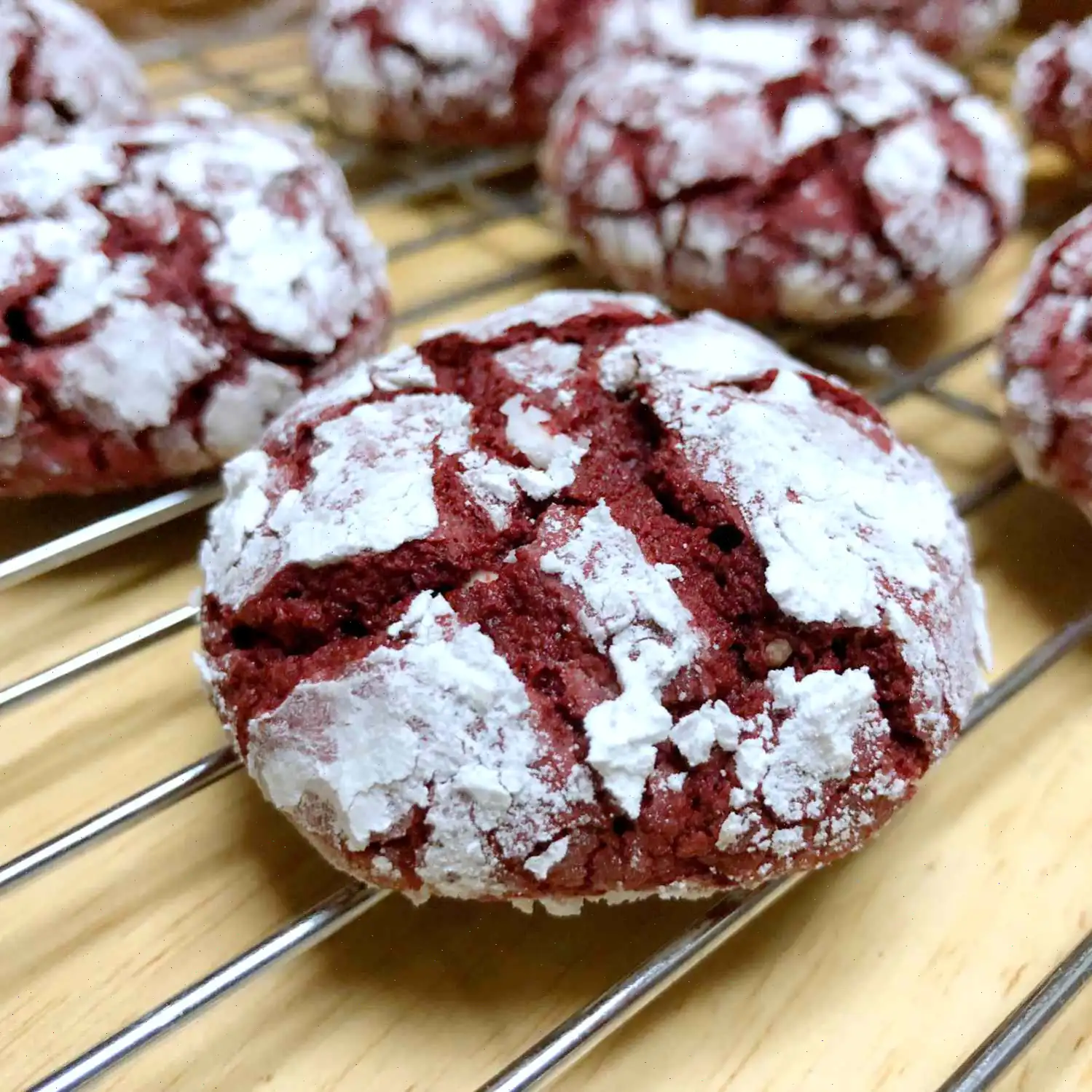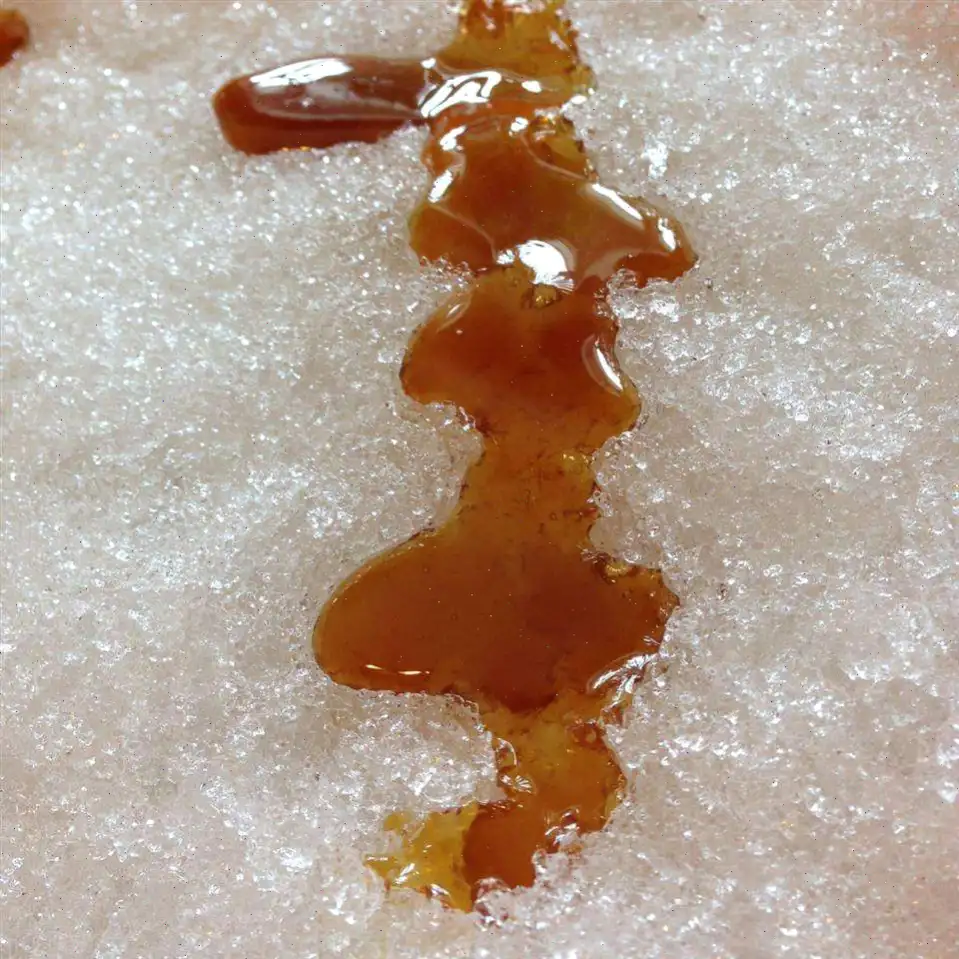
Käsesahnetorte (German Yogurt Mousse Cake) Recipe
This recipe makes 12 servings.
Ingredients
Sponge Base:
- 3 large eggs, separated
- 3 tablespoons warm water
- cup white sugar
- 1 teaspoon vanilla extract
- 4 ounces cake flour, sifted
- teaspoon baking powder
- 1 pinch salt
Filling:
- 2 cups heavy cream
- cup cold water
- 1 (.25 ounce) package unflavored gelatin
- 2 cups Greek yogurt
- 1 cup white sugar
- cup lemon juice
- cup confectioners' sugar, or as needed
Directions
Step 1: Preheat the oven to 400F (200C). Line the bottom of a 9-inch springform pan with parchment paper. Stretch it tightly, secure the rim, and trim off any excess paper. Grease the sides of the pan.
Step 2: In a bowl, beat the egg yolks, warm water, and sugar for the sponge base with an electric mixer until pale and fluffy. Add in the vanilla extract.
Step 3: In a separate bowl, combine the cake flour and baking powder. Sift this mixture over the egg yolk mixture and fold gently until smooth, ensuring no lumps remain.
Step 4: In a separate bowl, beat the egg whites and salt until stiff peaks form. Carefully fold the egg whites into the sponge batter using a spatula.
Step 5: Pour the sponge batter into the prepared pan and smooth the top with a spatula or knife.
Step 6: Bake in the preheated oven for about 15 minutes, or until a toothpick inserted into the center comes out clean. Allow the cake to cool in the pan for a few minutes, then remove it from the pan and peel off the parchment paper. Let the sponge cool completely on a wire rack.
Step 7: While the cake cools, prepare the filling. In a large bowl, whip the heavy cream with an electric mixer until stiff peaks form. Set it aside in the refrigerator.
Step 8: Place the cold water in a small heatproof bowl and sprinkle the gelatin over it. Let it sit for a moment to bloom.
Step 9: In another bowl, combine the Greek yogurt, sugar, and lemon juice. Mix with an electric mixer until the sugar dissolves completely.
Step 10: Add about 1 tablespoon of the yogurt mixture to the gelatin and stir until fully incorporated. Gradually add the remaining yogurt mixture, about 4 to 5 tablespoons at a time, mixing each portion until smooth and lump-free. Once the gelatin mixture has cooled, incorporate it into the yogurt mixture.
Step 11: Gently fold the whipped cream into the yogurt mixture. For best results, use a spatula or a few quick turns of an electric mixer, being careful not to overmix.
Step 12: Slice the sponge cake horizontally into two equal layers.
Step 13: Grease the sides of the springform pan again, then place the bottom layer of the sponge cake back into it. If the sponge shrank during baking, press it down gently to ensure it fully fits the pan.
Step 14: Pour the yogurt filling into the pan, smoothing it evenly with a spatula or knife.
Step 15: Place the second layer of sponge cake on top, with the cut side down. Cover the pan and refrigerate for at least 4 hours, or until the filling is fully set.
Step 16: When ready to serve, remove the cake from the refrigerator. Dip a large knife in cold water and run it around the edges of the filling to loosen it from the pan. Carefully remove the springform rim.
Step 17: Dust the top of the cake with confectioners' sugar just before serving. Enjoy!
Cook's Note
The original recipe uses metric measurements. If you have a scale, the following are the equivalents:
- 150 g sugar and 130 g sifted cake flour for the sponge cake.
- 500 ml heavy cream, 80 ml cold water, 500 g Greek yogurt, 60 ml lemon juice, and 200 g sugar for the filling.
Nutrition Facts (per serving)
| Calories | Fat | Carbs | Protein |
|---|---|---|---|
| 640 | 20g | 103g | 12g |
Percent Daily Value (based on a 2,000 calorie diet):
- Total Fat: 26% (20g)
- Saturated Fat: 57% (11g)
- Cholesterol: 36% (108mg)
- Sodium: 4% (96mg)
- Total Carbohydrates: 38% (103g)
- Dietary Fiber: 5% (2g)
- Protein: 23% (12g)
- Vitamin C: 3% (3mg)
- Calcium: 4% (57mg)
- Iron: 36% (7mg)
- Potassium: 3% (144mg)
Ksesahnetorte, a light and creamy German dessert, is a beloved treat in Germany and beyond. Often enjoyed during special occasions and family gatherings, it has won hearts for its delicate balance of sweetness and texture. With its origins in Germany, the Ksesahnetorte was traditionally made using quark, a soft, fresh cheese common in German cuisine. However, with the rise in popularity of Greek yogurt globally, this creamy delight is often prepared with yogurt instead of quark, making it a more accessible and easily replicated dessert.
History and Origin
The Ksesahnetorte originated in Germany, where quark was a common ingredient in desserts. It is believed to have been created in the early 20th century, although the exact date is unclear. The cake's evolution over the years reflects the changing tastes of German cuisine and the rise of international ingredients. While quark remains popular in some regions, Greek yogurt has become the go-to substitute in many countries, including the United States, where quark is not as widely available. Despite these changes, the essence of the Ksesahnetorte remains the same: a soft, airy mousse layered atop a delicate sponge cake.
Regional Variations
Though Ksesahnetorte is quintessentially German, regional variations exist across the country. In southern Germany, where quark is more commonly used, the cake may feature more robust fruit layers, like raspberry or strawberry, adding a fresh contrast to the rich, creamy filling. In other regions, it may be served with minimal decoration, allowing the creamy mousse and sponge base to shine. Additionally, some variations may include a hint of vanilla or lemon zest in the filling to enhance the flavor profile, providing a more tangy and refreshing finish.
Distinction from Similar Desserts
While there are many mousse cakes across European and American culinary traditions, Ksesahnetorte stands out for its use of yogurt or quark in the filling. This gives it a distinctively tangy taste that is not as pronounced in other mousse cakes. Many similar cakes, such as the French mousse au chocolat or the Italian ricotta cheesecake, feature heavier, richer fillings. In contrast, the Ksesahnetorte is lighter, with its airy mousse providing a refreshing alternative to more decadent options. Its sponge base also sets it apart from other mousse cakes, which often use a biscuit or cookie crust.
Where Its Typically Served
Ksesahnetorte is typically served at gatherings such as birthdays, holidays, and festive occasions in Germany. It's also a popular dessert at cafs and bakeries throughout the country. In Germany, its common to pair the cake with a cup of coffee or a glass of sparkling water, making it a delightful treat for afternoon breaks or casual get-togethers. Outside of Germany, the dessert has gained popularity in other European countries and North America, often being served at parties, weddings, or as a special weekend dessert.
Fun Facts
- Ksesahnetorte is often considered a "no-bake" cake since the mousse filling is set in the refrigerator rather than being baked in the oven. This makes it a perfect dessert for hot summer days.
- In Germany, this cake is often enjoyed alongside traditional German pastries such as Apfelstrudel (apple strudel) or Schwarzwlder Kirschtorte (Black Forest cake), creating a wonderful array of sweet treats for any occasion.
- Despite being a "cheese cake" by name, Ksesahnetorte does not contain the dense, heavy cream cheese typically found in American cheesecakes. Instead, its lighter mousse filling gives it a completely different texture and flavor profile.
- Many people find that this cake tastes even better the day after its made, as the flavors continue to meld and the mousse firms up perfectly.
FAQ about Käsesahnetorte (German Yogurt Mousse Cake) Recipe
Comments
Nancy Young
05/11/2025 01:23:49 AM
Seriously, it tastes amazing.
Lena
07/27/2022 02:08:41 PM
Absolutely wonderful!








